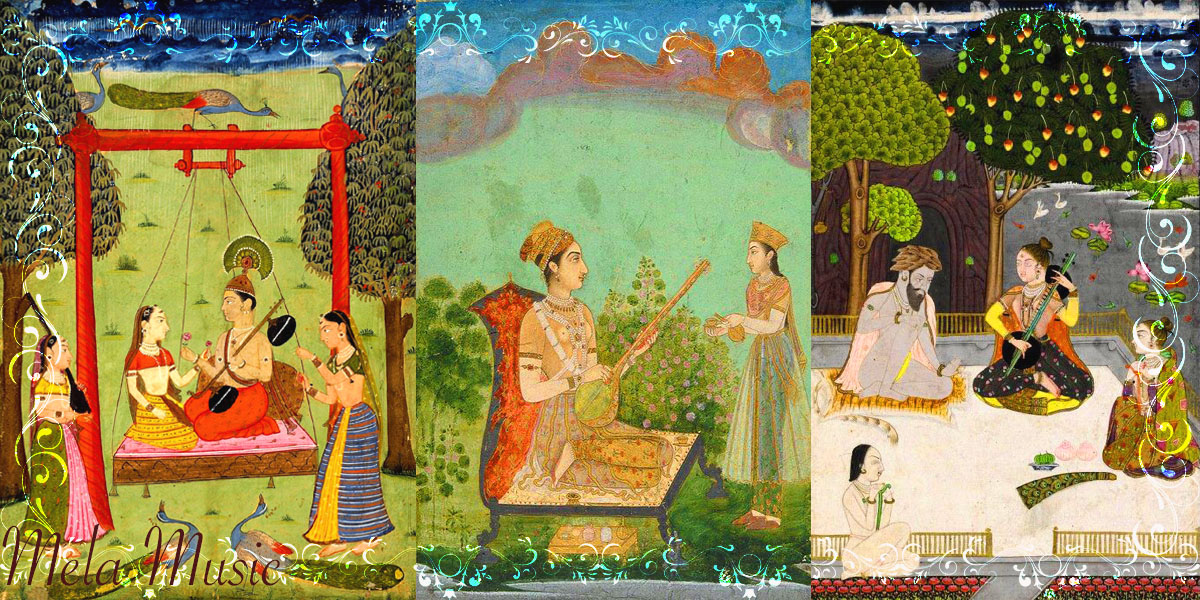
Bhupali is a beautiful and majestic raga in Hindustani classical music. Bhupali is a pentatonic raga, meaning it uses only five notes in its ascending and descending scales: Sa, Re, Ga, Pa, and Dha. It belongs to the “Audav jaati” of ragas due to the five notes. Bhupali is part of the Kalyan thaat, a foundational family of ragas in Hindustani music.
Bhupali evokes a sense of peace, tranquility, and sometimes even joy and romance. The absence of certain notes contributes to this feeling. Bhupali is traditionally sung during the first part of the night, between 6 PM to 9 PM.
In Carnatic music, the equivalent of Bhupali is known as Mohanam. The vadi (most emphasized note) is Gandhar (GA), and the samvadi (note that provides stability) is Dhaivat. The way these notes are played and their relationship is crucial to the raga’s identity. Bhupali is considered a good starting point for learning Hindustani music due to its relatively simple structure. However, like any raga, it has depths to explore as a musician becomes more advanced.
The focus should be on the lower octave (mandra and madhya saptak). To truly appreciate Bhupali , listening to a recording by a skilled musician is recommended.
